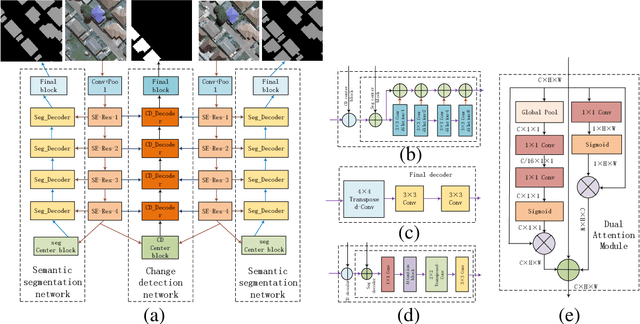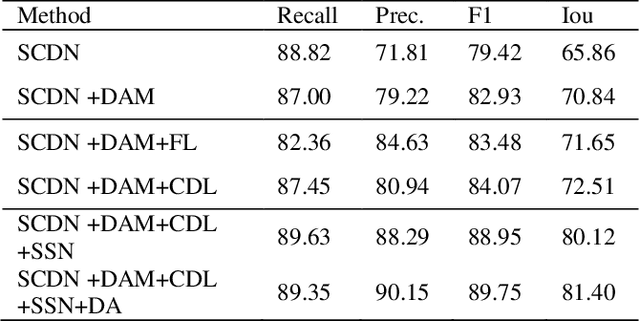Xiaomeng Zhang
Intelligent Multi-channel Meta-imagers for Accelerating Machine Vision
Jun 12, 2023



Abstract:Rapid developments in machine vision have led to advances in a variety of industries, from medical image analysis to autonomous systems. These achievements, however, typically necessitate digital neural networks with heavy computational requirements, which are limited by high energy consumption and further hinder real-time decision-making when computation resources are not accessible. Here, we demonstrate an intelligent meta-imager that is designed to work in concert with a digital back-end to off-load computationally expensive convolution operations into high-speed and low-power optics. In this architecture, metasurfaces enable both angle and polarization multiplexing to create multiple information channels that perform positive and negatively valued convolution operations in a single shot. The meta-imager is employed for object classification, experimentally achieving 98.6% accurate classification of handwritten digits and 88.8% accuracy in classifying fashion images. With compactness, high speed, and low power consumption, this approach could find a wide range of applications in artificial intelligence and machine vision applications.
Building Change Detection for Remote Sensing Images Using a Dual Task Constrained Deep Siamese Convolutional Network Model
Sep 17, 2019



Abstract:In recent years, building change detection methods have made great progress by introducing deep learning, but they still suffer from the problem of the extracted features not being discriminative enough, resulting in incomplete regions and irregular boundaries. To tackle this problem, we propose a dual task constrained deep Siamese convolutional network (DTCDSCN) model, which contains three sub-networks: a change detection network and two semantic segmentation networks. DTCDSCN can accomplish both change detection and semantic segmentation at the same time, which can help to learn more discriminative object-level features and obtain a complete change detection map. Furthermore, we introduce a dual attention module (DAM) to exploit the interdependencies between channels and spatial positions, which improves the feature representation. We also improve the focal loss function to suppress the sample imbalance problem. The experimental results obtained with the WHU building dataset show that the proposed method is effective for building change detection and achieves a state-of-the-art performance in terms of four metrics: precision, recall, F1-score, and intersection over union.
 Add to Chrome
Add to Chrome Add to Firefox
Add to Firefox Add to Edge
Add to Edge